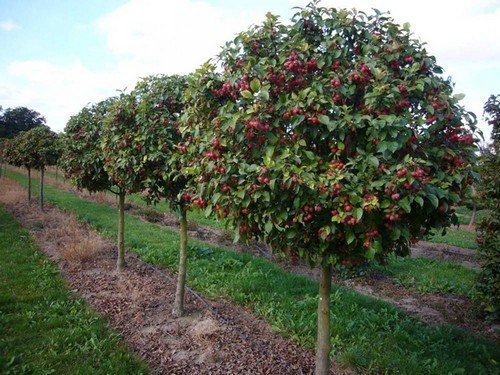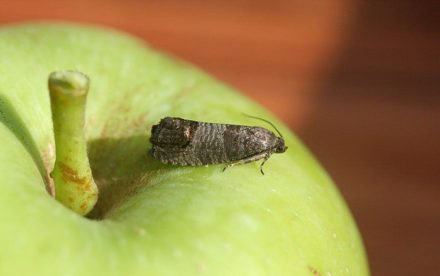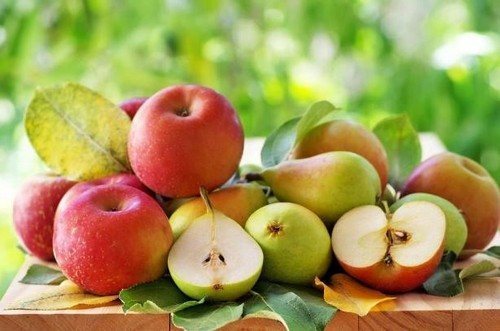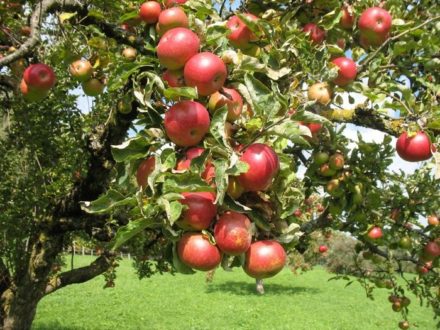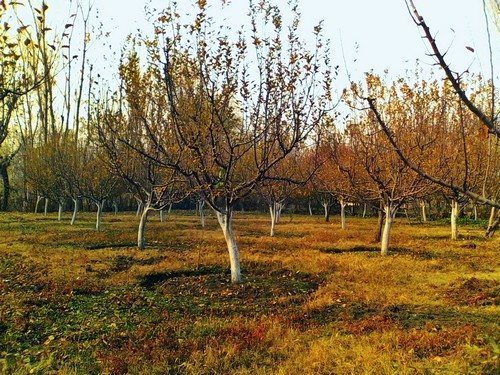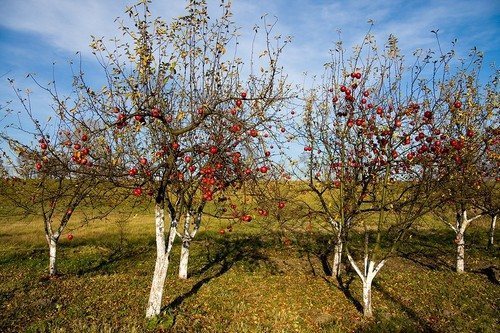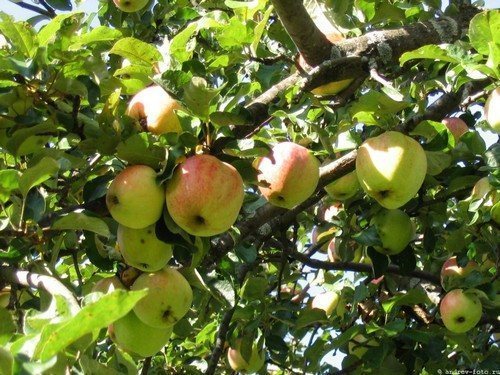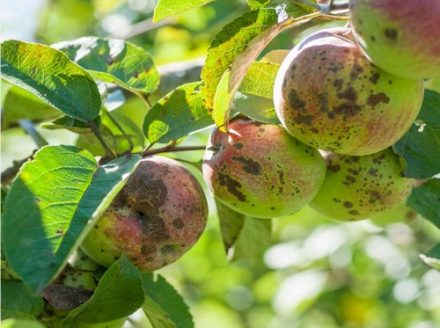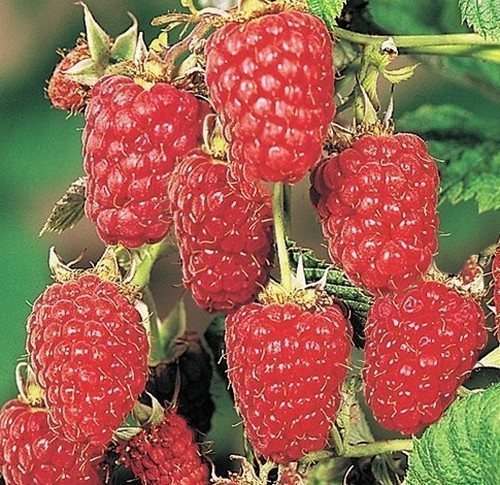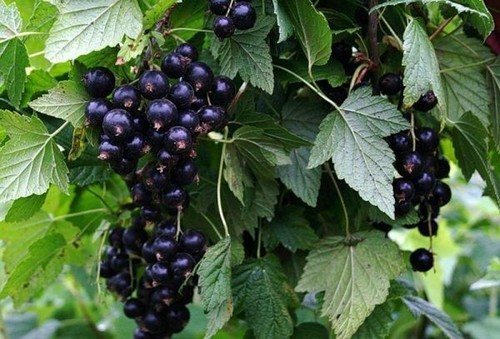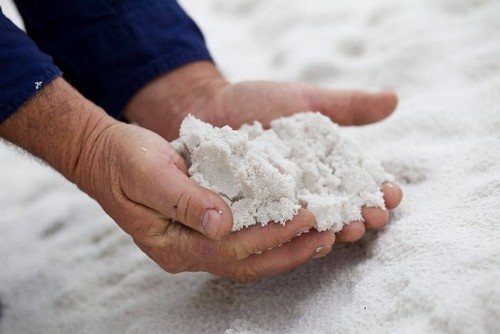This type of fruit tree was bred by breeders back in the 70s. This tree has an interesting shape that resembles a pyramidal poplar. Such an apple tree has a thick base, from which branches with flower buds at the ends extend at an acute angle. This is a variety with thickened shoots and short internodes.
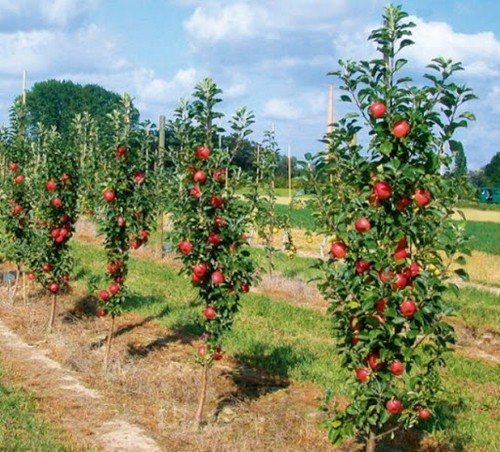
Columnar trees branch 3–4 times. When a tree reaches 3–4 years, it stops branching to the sides, but rushes upward, and if there is damage on the apical bud, the growth of the tree stops. Therefore, in order to achieve exactly the shape of the column, you need to maintain the point of upper growth for two years. As a rule, such a tree begins to bear fruit from the second year after planting.
Features of spring care
After winter, special attention should be paid to feeding the trees, which will help the formation of leaf apparatus and budding. All other manipulations will be incomplete without this. After the leaves have blossomed, it will be useful to do a couple of foliar feedings. The following fertilizers are suitable for this:
- urea;
- Hello turbo;
- Kemira Lux;
- urea;
- ammonium nitrate;
- Novofert;
- Agricola.
After each feeding, apple trees need watering and mulching. Since this type of tree has a shallow root system, it needs to be watered abundantly so that the apple tree has enough moisture in hot weather.
Protection from diseases and pests
The main pest for the columnar apple tree is aphids. And when fruits appear on the tree, so does the codling moth. In the spring, when the buds have not yet swelled, you cannot miss the moment to spray. Sprayed with such preparations as Fufanon, Inta Vir, Aktara, Kinmiks. These remedies are also quite effective against the flower beetle, which harms flowering buds.
If it was not possible to spray before the buds appeared, and the pests still appeared, then you can collect them manually or use products such as Lepidotsid, Biotlin, Fitoverm and others.
Of the diseases that plague columnar apple trees, powdery mildew, scab and rust are the most annoying. In order to rid the tree of them, you can use biological preparations:
- Gamair;
- Fitoverm;
- Alirin;
- Glyocladin.
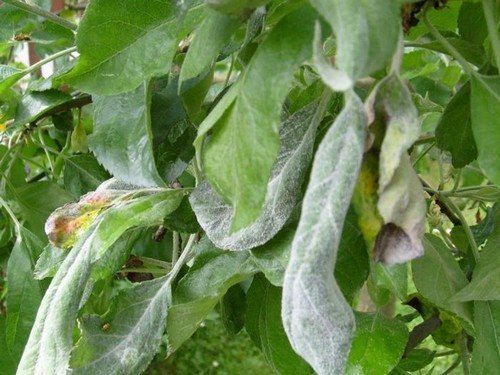
Features of pruning a columnar apple tree
Columnar apple trees, if they are true, grow into a trunk and rarely send out side shoots. However, there are exceptions, and then the tree must be pruned in order to maintain its columnar shape. There are two ways to trim:
- Form a candelabra shape or a crown of 2-3 trunks. This method is good for regions with cold winters, when the central bud dies. With this pruning, 1–2 sleeves are formed from the side shoots, when they have reached 20 cm. Thus, on one trunk you get 2-3 independent shoots, reminiscent of a candelabra.
- In the second year of the apple tree’s life, 2 buds are removed from all side branches. Fruit formation on a columnar apple tree occurs on the trunk, and the lateral branches take up most of the nutrients. Therefore, every spring, if side branches appear, they need to be cut into two buds.
Caring for columnar apple trees is not at all difficult. The productivity of such trees is very high, and the appearance of the garden is original and unlike the others.


